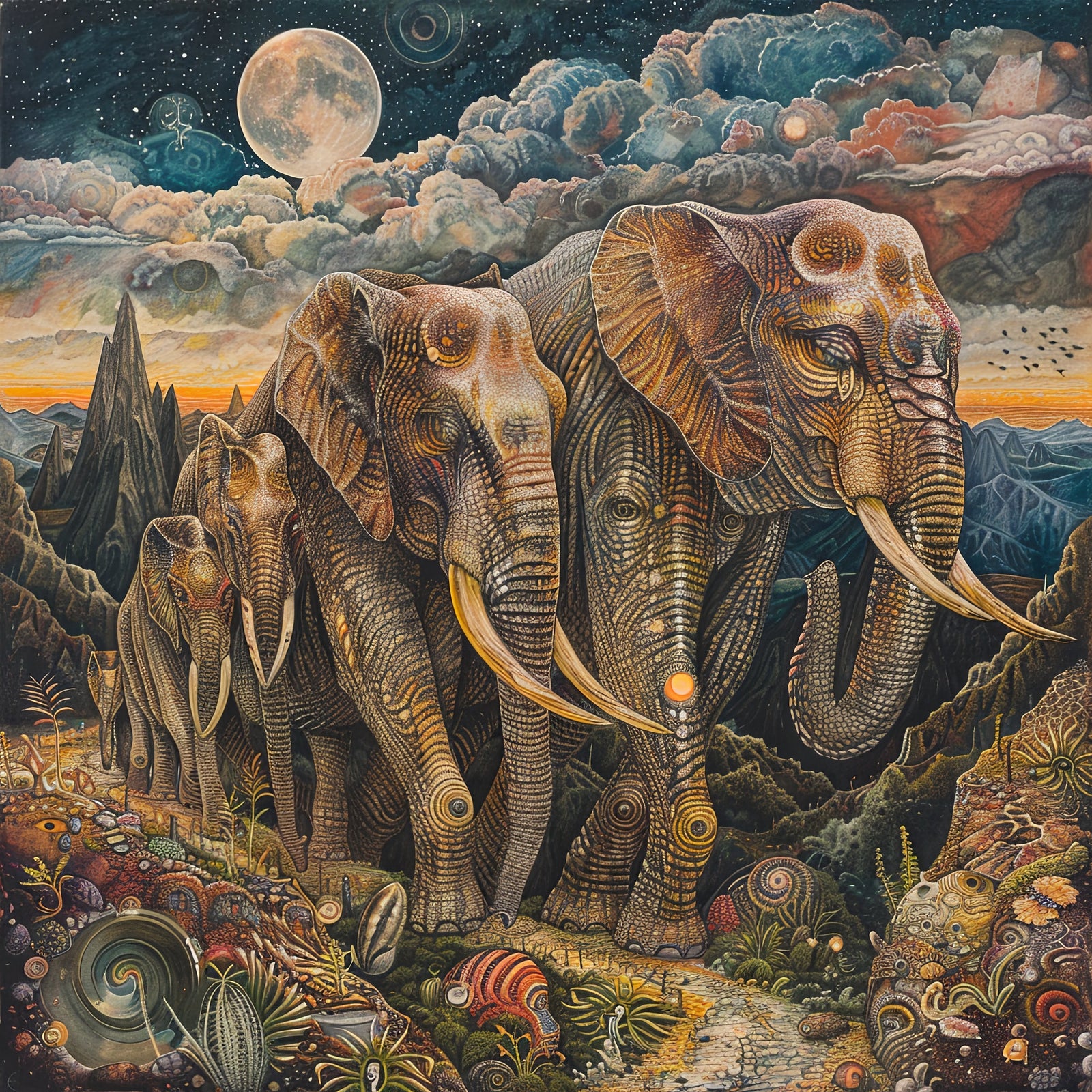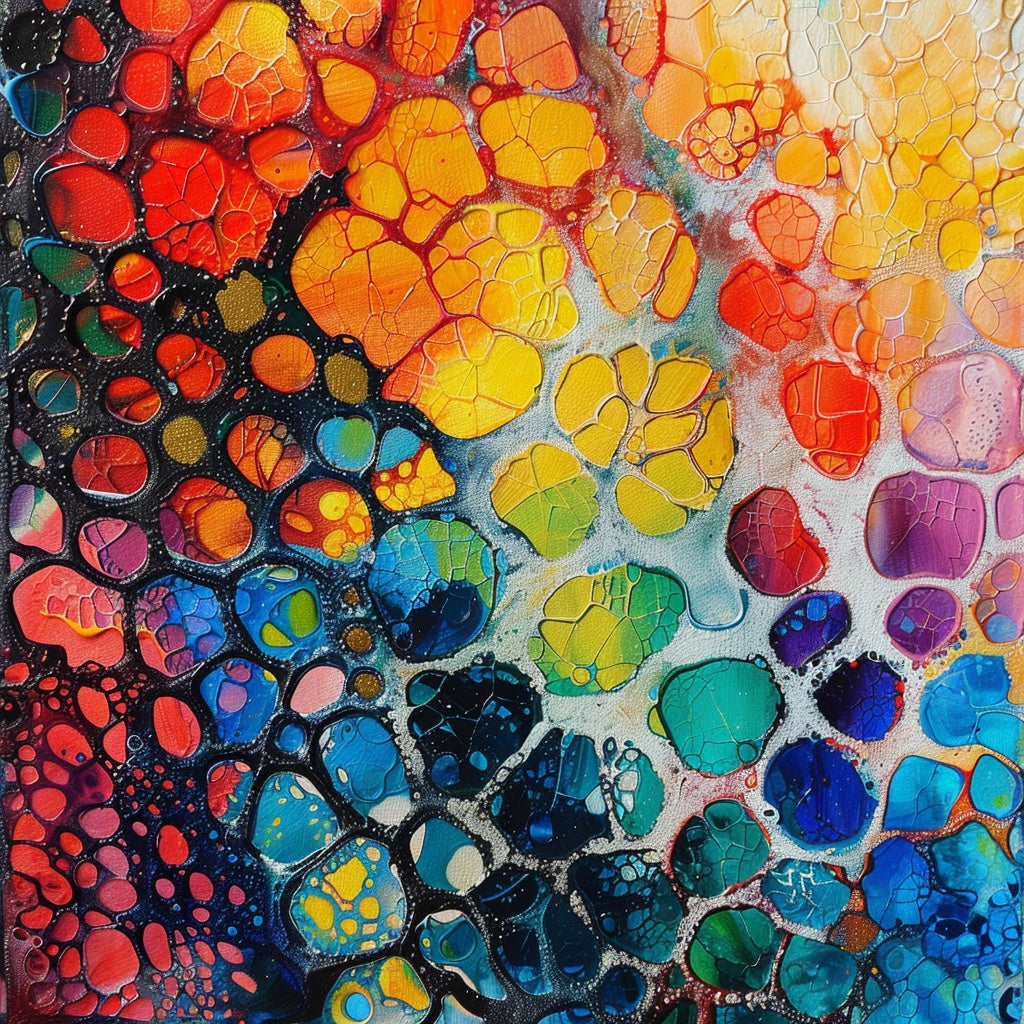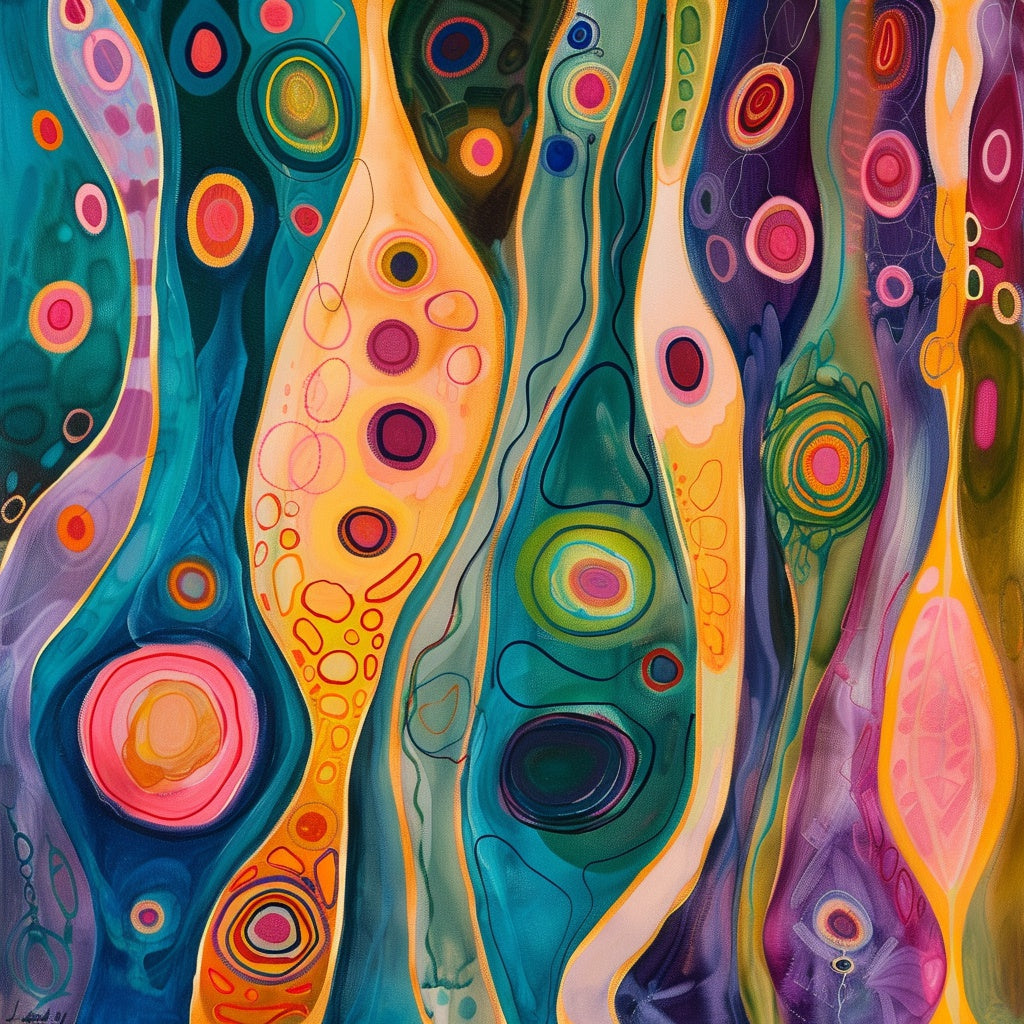AI's Role in the Evolving World of Art
Artificial intelligence (AI) is rapidly transforming the creative landscape, offering new tools and techniques for artists and revolutionizing how art is created, experienced, and perceived. From generating captivating images to composing intricate musical pieces, AI pushes the boundaries of artistic expression and challenges traditional notions of Creativity. This article explores the fascinating intersection of AI and art, examining how this technology is being used in different art forms, its impact on the art world, and the potential it holds for the future of artistic expression.
Table of Contents
- AI as a Creative Tool
- AI in Different Art Forms
- AI Art Galleries
- Impact of AI on the Art World
- The Future of AI in Art
AI as a Creative Tool
artificial intelligence in art is not a new phenomenon. Artists began exploring the potential of AI in the mid to late 20th century, using early AI programs to create generative art and explore new forms of expression. Over time, AI technology has advanced significantly, leading to more sophisticated algorithms and tools that allow for greater creative control and artistic exploration.
AI art is any artwork created with the assistance of artificial intelligence. This can include a wide range of creative outputs, such as paintings, sculptures, music, poetry, and digital art. AI algorithms can learn from massive datasets of existing artworks, identify patterns and styles, and generate new pieces that mimic or are inspired by those patterns. Essentially, neural networks analyze thousands of art pieces and "copy" the techniques they see in them, making them a "learning algorithm" that can improve their artwork over time. Think of it like an apprentice artist studying the master. Still, instead of years of practice, the AI can process thousands of images within hours, understanding the nuances of different styles.
Key AI Techniques in Art
One crucial aspect of AI art generation is the role of data. AI models are trained on extensive art datasets comprising various artistic styles, genres, and influences. This training equips the AI with the ability to recognize patterns, styles, and nuances embedded in the data.
Some of the most common AI techniques used in the art include:
- Generative Adversarial Networks (GANs): GANs consist of two neural networks, a generator and a discriminator, that compete against each other. The generator creates images, while the discriminator evaluates their authenticity. This adversarial process pushes both networks to improve, creating increasingly realistic and creative images. Imagine a forger trying to create a perfect replica of a painting and an art expert trying to detect the forgery; through this iterative process, both become more refined.
- Neural Style Transfer: This technique combines the content of one image with the style of another using convolutional neural networks. It allows artists to create unique artworks by applying the aesthetic of famous paintings to their own images or photographs. For example, you could take a picture of a landscape and apply Van Gogh's Starry Night style to it, creating a new and unique piece of art.
- Text-to-Image Generation: This technology transforms textual descriptions into visual representations using advanced AI models. It enables the creation of images from scratch based on user-defined prompts, enhancing accessibility to art creation. You can type in "a futuristic city at sunset," the AI will generate an image based on that description, making art creation accessible to more people.
AI in Different Art Forms
Painting
AI is revolutionizing the world of painting, offering artists new tools and techniques to create stunning digital artworks. AI art generators like DALL-E, Midjourney, and Stable Diffusion allow artists to generate images with just a few clicks. These tools can mimic various artistic styles, from photorealistic to abstract, and even generate images in the style of famous painters. It's like having a digital paintbrush that can replicate any style imaginable.
OpenArt is an AI-powered art platform that provides a variety of features for creating and enhancing digital paintings. Some of its key features include:
- InPainting: This tool allows users to fill in missing parts of an image or add new elements seamlessly.
- Object Removal: Users can easily remove unwanted objects from their images with this feature.
- Style Palette: OpenArt offers a diverse array of AI-generated artistic styles and models to experiment with.
Other AI art generators used in painting include:
- Google Deep Dream: This artificial neural network creates surreal and dream-like images by applying algorithmic filters to existing pictures or videos. It's like seeing the world through a kaleidoscope of algorithms.
- DeepArt.io: This tool offers a variety of styles that can be applied to an original uploaded image, ranging from classic artworks to modern art. It also provides options for customizing artwork, such as adjusting brightness and contrast, color correction, and cropping. It's like having a digital art studio that can adapt to your unique vision.
Sculpture
AI is also making its mark in the world of sculpture. AI algorithms can assist in creating sculptures by generating precise 3D models, which can be fabricated using 3D printing or other techniques. This allows artists to create intricate and complex sculptures that would be difficult or impossible to create by hand. It's like having a digital sculptor who can transform complex visions into tangible forms.
OpenArt provides an AI sculpture generator that allows users to create sculptures in various styles, including classical, modern, abstract, and busts. You can describe a sculpture you envision, and the AI will generate a 3D model of that description, acting as a bridge between imagination and reality.
Music
AI transforms how music is composed, produced, and performed. AI algorithms can generate melodies, harmonies, and even entire songs. They can also create realistic soundalikes of existing instruments or vocals. It's like having a digital composer who can create music in any genre and style imaginable.
Platforms like AIVA and Amper Music allow artists to collaborate with AI, helping them experiment with new sounds and compositions. These platforms can be used by both musicians and non-musicians alike, fostering a more democratic approach to music creation.
AI has also been used to restore old and damaged music. For example, AI was used to restore The Beatles' song "Now and Then," which was released in 2023 and marked the band's first release in over 50 years. This shows the potential of AI to preserve and revitalize art from the past.
AI Art Galleries
The rise of AI art has led to the emergence of online platforms that showcase and sell AI-generated art. These platforms provide a space for AI artists to share their work, connect with collectors, and explore the creative potential of AI. It's like an online museum that showcases the diverse and innovative art created by AI.
Some notable AI art galleries include:
- ART AI Gallery: This platform features original AI art created by a "smart AI" made up of two halves: The Artist (Isaac) and The Critic (Alexander). It's an interesting example of an AI that engages in both creative production and critical assessment of art.
- ArtZone: This platform is an exclusive community for AI art and AI artists, allowing creators to showcase and monetize their artwork. This platform helps to build community around AI art and legitimize it as a viable form of creative expression.
Impact of AI on the Art World
The integration of AI into the art world has sparked numerous discussions, raising questions about the future of Creativity and the role of the artist.
Benefits of AI in Art
AI has the potential to revolutionize the art world positively by:
- Democratizing Art: AI art generators make art production possible for everyone, regardless of talent level. This increased accessibility promotes inclusivity and encourages a broader appreciation and understanding of art. It's like providing everyone with the same tools and resources to create art.
- Enhancing Creativity: AI can assist artists in exploring new ideas, overcoming creative blocks, and pushing the boundaries of artistic expression. Think of AI as a creative partner that can open up new avenues for artistic exploration.
- Automating Art Market Processes: AI can help automate art market processes, such as identifying art and assessing value, making these tasks faster and more efficient. It can be like having an art appraiser who can quickly and accurately assess artwork, streamlining the sales process.
- Personalizing Art: AI is being used to create personalized art, where the artwork's content and style adapt to the individual viewer's preferences or inputs. This can lead to creating art uniquely tailored to each individual, creating a more engaging and personal experience.
The Future of AI in Art
The future of AI in art is full of possibilities. As AI technology evolves, we can expect to see even more innovative and creative applications of AI in art. AI may even lead to creating entirely new art forms that we can't even imagine today. AI also has the potential to enable amateurs to expand non-commercial niche genres. It's like the birth of a new era of art, where the boundaries of Creativity are pushed beyond our current understanding.
AI is transforming the art world by providing new tools and techniques for artists to create and explore. The key lies in finding a balance between leveraging AI's capabilities and preserving the unique qualities of human Creativity. The future of art is likely to be collaborative, where artists and AI work together to create new forms of expression and explore uncharted artistic territories.
Footnotes
- Artificial intelligence art - Wikipedia, accessed February 11, 2025.
- Artificial Intelligence & Art: What is AI Art & How Will It Impact Artists? - CG Spectrum, accessed February 11, 2025.
- How Do Neural Networks Make Art? - NightCafe, accessed February 11, 2025.
- What Is AI-Generated Art? | IxDF - The Interaction Design Foundation, accessed February 11, 2025.
- AI Art Techniques to Know for AI and Art - Fiveable, accessed February 11, 2025.
- What Is AI Art? | Christie's, accessed February 11, 2025.
- AI Art Generator: Free AI Image Generator & Editor | OpenArt, accessed February 11, 2025.
- Art in the Age of AI: The Changing Role of Artists - AGI Fine Art Blog, accessed February 11, 2025.
- Artificial Intelligence in Sculpture: Redefining Creativity and Innovation, accessed February 11, 2025.
- The Best Text to Sculpture AI Generator (for Free) - OpenArt, accessed February 11, 2025.
- Music and artificial intelligence, accessed February 11, 2025.
- AI-Generated Music: A Creative Revolution or a Cultural Crisis?, accessed February 11, 2025.
- How AI is transforming the creative economy and music industry - Ohio University, accessed February 11, 2025.
- ART AI Gallery, accessed February 11, 2025.
- AI Art Community & Gallery, accessed February 11, 2025.
- Exploring the Benefits of AI Art: Revolutionizing Creativity - Artsmart.ai, accessed February 11, 2025.
- Advantages and Disadvantages of AI in the Art World - Artezaar.com, accessed February 11, 2025.
- The Impact Of Artificial Intelligence On The Art World - Forbes, accessed February 11, 2025.
- AI's impact on art | News - Illinois Times, accessed February 11, 2025.
- Exploring the ethics of Artificial Intelligence in art - ArtsHub, accessed February 11, 2025.
- AI Art: Exploring the Pros, Cons, and Ethical Dimensions - Vision Factory, accessed February 11, 2025.
- From paintbrush to pixel: A review of deep neural networks in AI-generated art - arXiv, accessed February 11, 2025.



Leave a comment (all fields required)